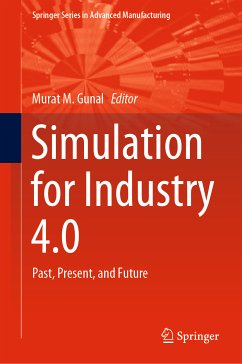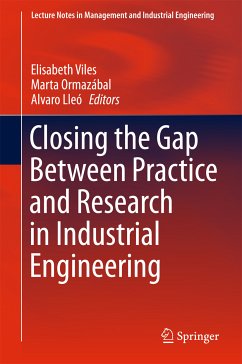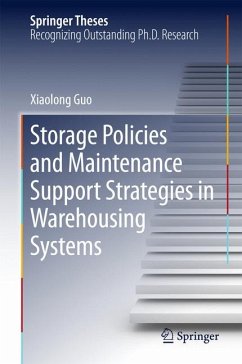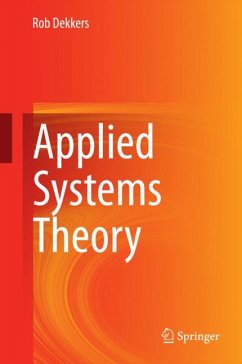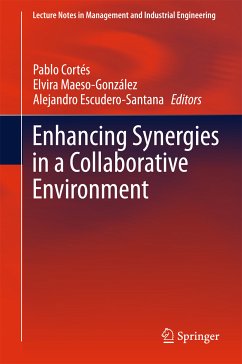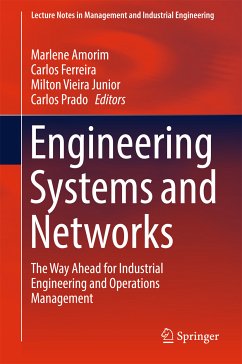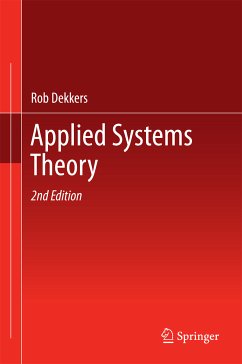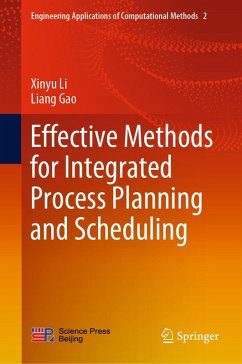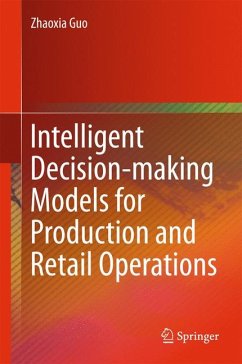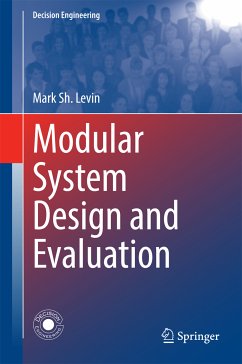
Robust Modelling and Simulation (eBook, PDF)
Integration of SIMIO with Coloured Petri Nets
Versandkostenfrei!
Sofort per Download lieferbar
88,95 €
inkl. MwSt.
Weitere Ausgaben:

PAYBACK Punkte
44 °P sammeln!
This book presents for the first time a methodology that combines the power of a modelling formalism such as colored petri nets with the flexibility of a discrete event program such as SIMIO. Industrial practitioners have seen the growth of simulation as a methodology for tacking problems in which variability is the common denominator. Practically all industrial systems, from manufacturing to aviation are considered stochastic systems. Different modelling techniques have been developed as well as mathematical techniques for formalizing the cause-effect relationships in industrial and complex s...
This book presents for the first time a methodology that combines the power of a modelling formalism such as colored petri nets with the flexibility of a discrete event program such as SIMIO. Industrial practitioners have seen the growth of simulation as a methodology for tacking problems in which variability is the common denominator. Practically all industrial systems, from manufacturing to aviation are considered stochastic systems. Different modelling techniques have been developed as well as mathematical techniques for formalizing the cause-effect relationships in industrial and complex systems. The methodology in this book illustrates how complexity in modelling can be tackled by the use of coloured petri nets, while at the same time the variability present in systems is integrated in a robust fashion. The book can be used as a concise guide for developing robust models, which are able to efficiently simulate the cause-effect relationships present in complex industrial systemswithout losing the simulation power of discrete-event simulation. In addition SIMIO's capabilities allows integration of features that are becoming more and more important for the success of projects such as animation, virtual reality, and geographical information systems (GIS).
Dieser Download kann aus rechtlichen Gründen nur mit Rechnungsadresse in A, B, BG, CY, CZ, D, DK, EW, E, FIN, F, GR, HR, H, IRL, I, LT, L, LR, M, NL, PL, P, R, S, SLO, SK ausgeliefert werden.



